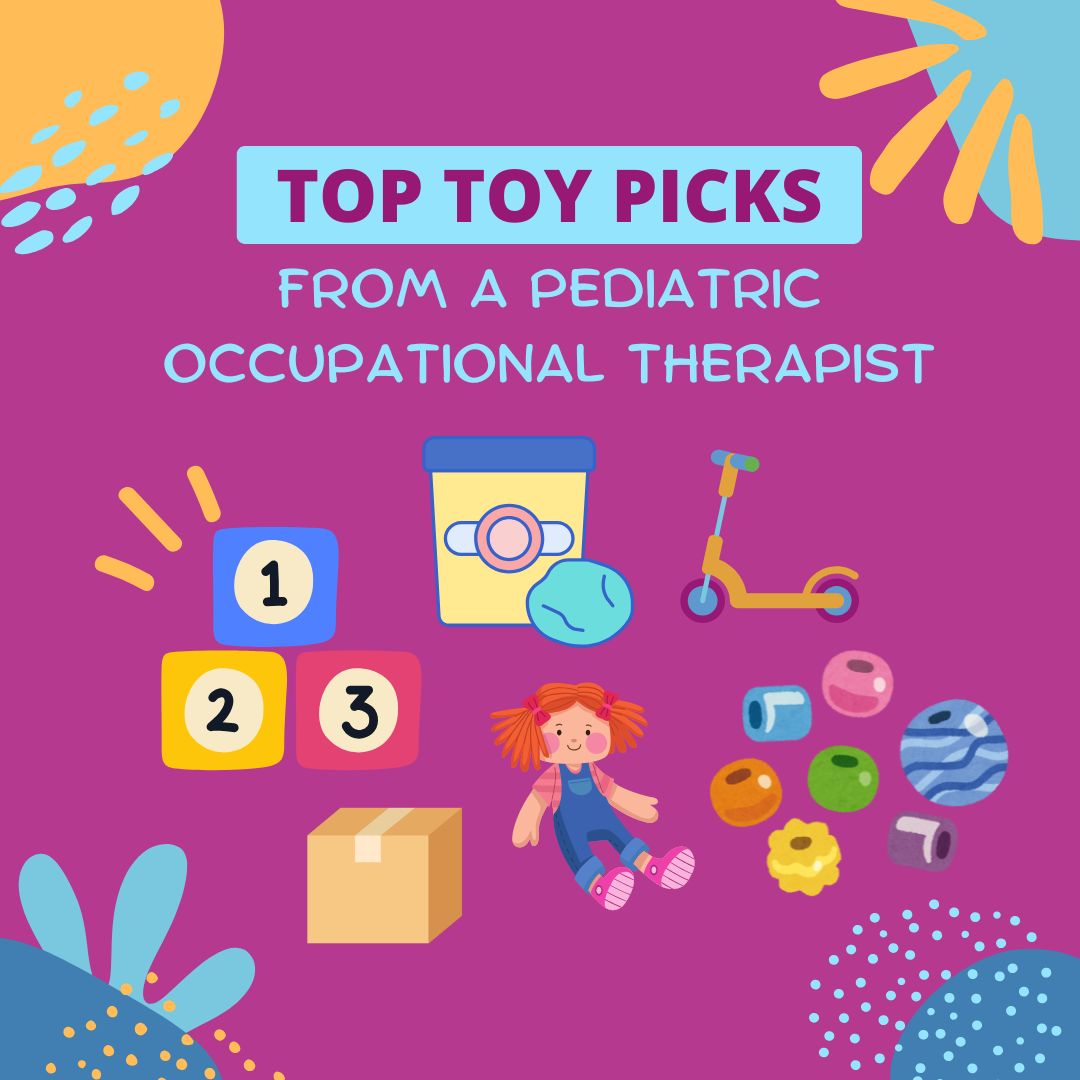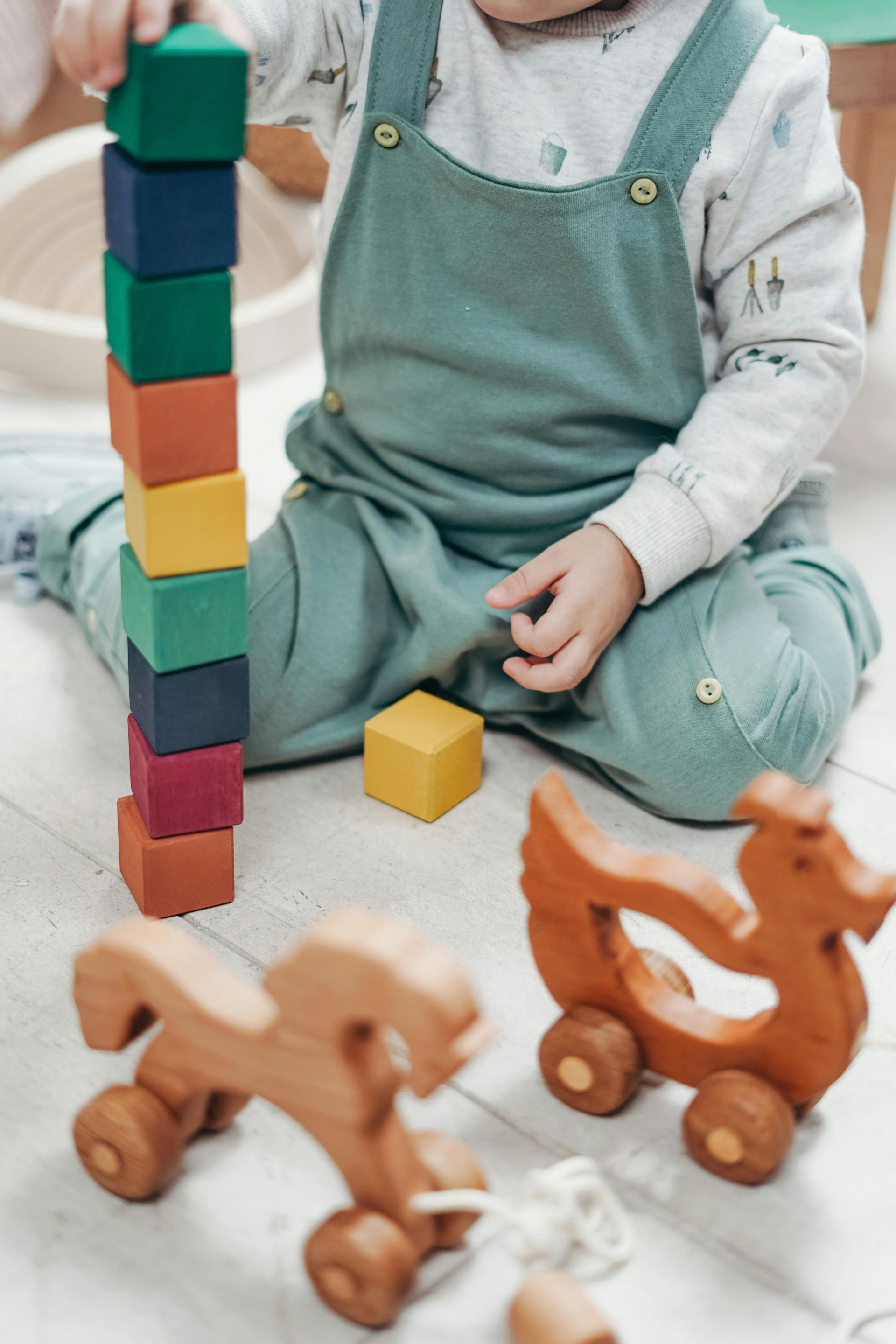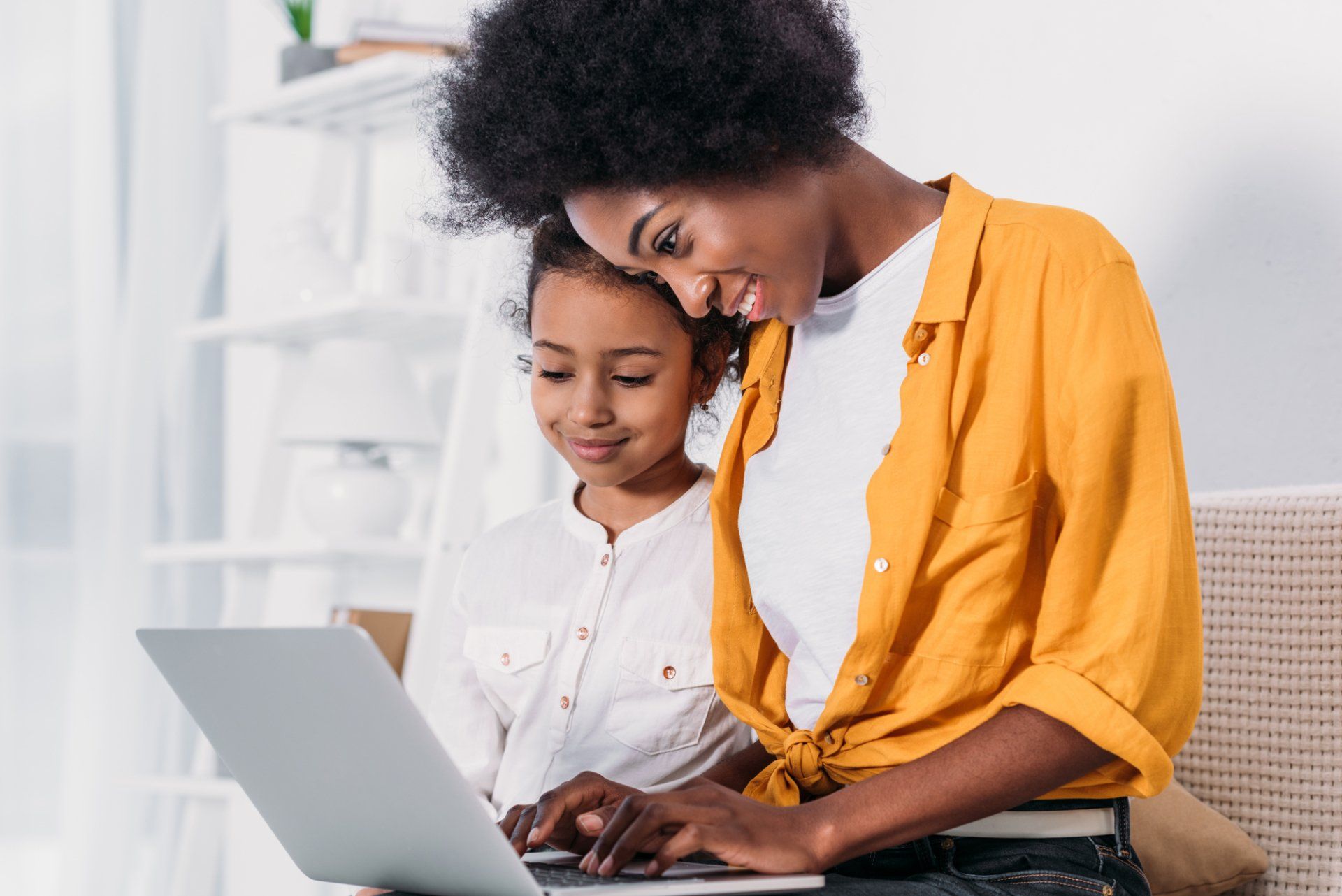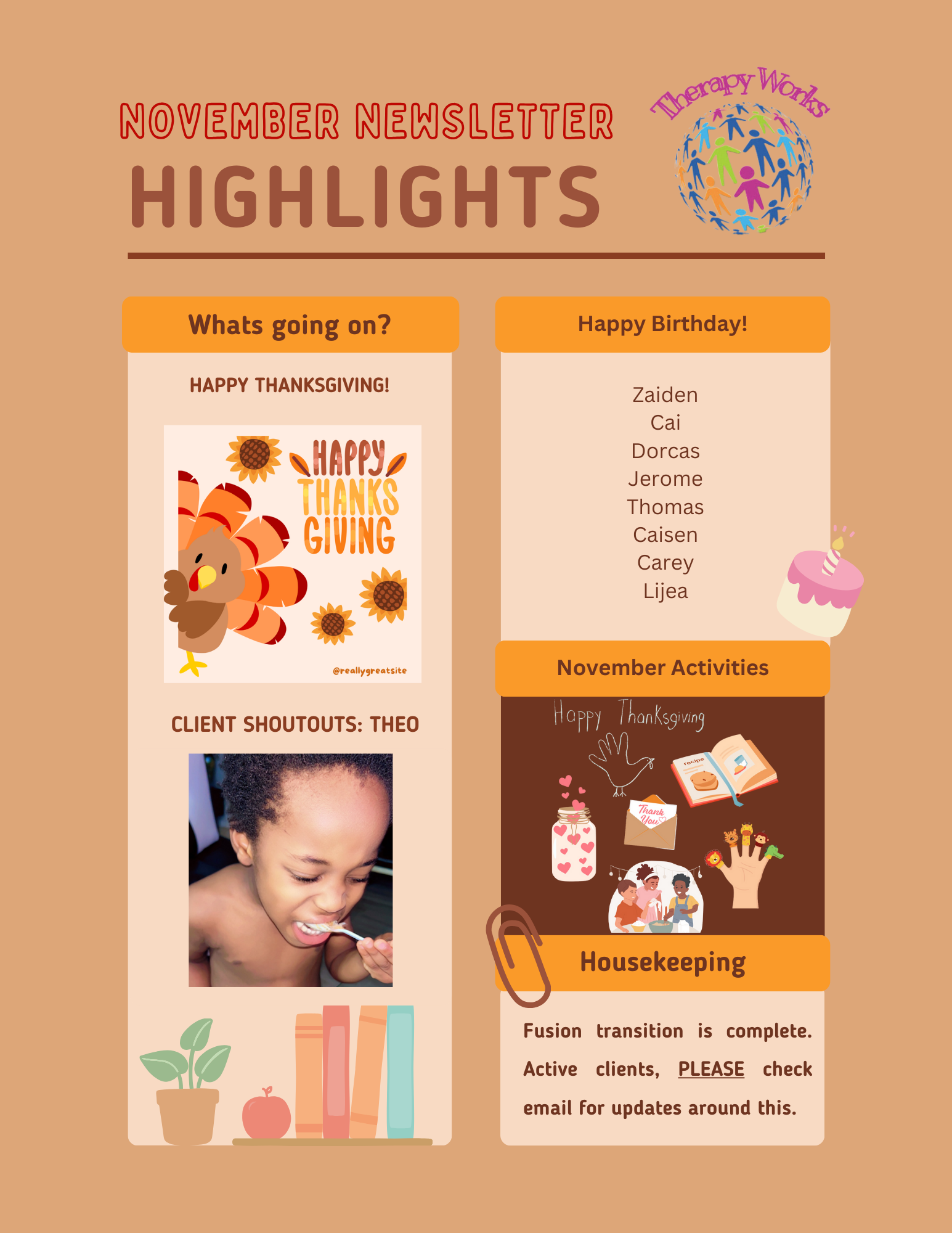Holiday Routines: How to Set Your Kids Up for Success This Season
Holiday Routines: Setting Kids Up for Success This Season
The holidays are a time of excitement, joy, and fun—but they can also bring a whirlwind of activities, changes in routine, and extra stress, especially for kids. For parents and caregivers of children, it’s essential to find ways to manage this time of year so that kids feel supported and set up for success. Here are some simple strategies to establish a holiday routine that can help kids of all ages thrive through the busy season.
1. Maintain a Consistent Daily Schedule
While the holidays can be full of disruptions—travel, special events, and different sleeping arrangements—keeping a consistent daily schedule can help your child feel more secure and balanced.
- Keep wake-up and bedtime routines the same: Sleep is crucial for children’s development, mood, and behavior. Try to maintain consistent sleep times, even if family gatherings run late or travel plans get in the way.
- Build in structured time for play: Use a visual or written schedule to show kids when it’s time to play, when they need to rest, and when to eat. This helps them feel a sense of predictability and control during an otherwise busy time.
2. Offer Clear Transitions Between Activities
The holidays can bring a lot of changes from day to day—whether it's a family party, a trip to visit relatives, or a special outing. Giving children clear transitions between activities can reduce stress and help them feel more prepared.
- Use visual cues or timers: If you’re moving from one event to another, let your child know in advance what’s coming next. Visual timers can help, especially for younger children, so they know when it’s time to finish an activity and transition.
- Allow for a wind-down period: After an exciting activity, give kids a chance to calm down with quiet time. This could include reading, listening to soft music, or practicing some deep breathing. Transitioning smoothly into the next part of the day can help prevent meltdowns or overwhelm.
3. Keep Sensory Needs in Mind
The hustle and bustle of the holidays can be overwhelming for children, especially those with sensory sensitivities. Noisy gatherings, bright lights, and crowded spaces can create a lot of sensory input that may be difficult to handle.
- Create sensory breaks: Ensure your child has access to a quiet space where they can take breaks when they need them. This could be as simple as a cozy corner with soft pillows or noise-canceling headphones.
- Use calming activities: Gentle activities like deep pressure (a hug or weighted blanket), fidget toys, or a simple mindfulness exercise can help kids self-regulate when they’re feeling overstimulated.
4. Set Realistic Expectations for the Holidays
It’s easy to get caught up in the holiday excitement and over-schedule. However, it’s important to set realistic expectations for your child and family. The holidays don’t have to be packed with every activity or event to be enjoyable.
- Focus on quality time, not quantity: Instead of filling every day with non-stop activities, prioritize a few key moments that are meaningful. This could mean baking cookies together, watching a holiday movie, or simply enjoying a quiet walk.
- Know your child’s limits: Be mindful of when your child might need rest or space. They may not be able to handle long periods of socializing, large crowds, or intense activities. It’s okay to skip an event or take a break when needed.
5. Encourage Gratitude and Connection
The holiday season is an excellent time to reinforce positive social behaviors and emotional skills, such as empathy, gratitude, and kindness.
- Practice gratitude together: Spend a few moments each day talking about what you’re thankful for. This can be a simple conversation or a special activity, like creating a gratitude jar or journal.
- Teach the value of giving: Engage your child in acts of kindness during the holidays. Whether it’s donating toys, helping prepare meals for others, or writing thank-you notes, these activities can foster a sense of connection and compassion.
6. Focus on Fun and Flexibility
Holidays are a time to celebrate, so it’s important to create space for fun. Stay flexible with your routines to allow for spontaneous moments of joy, whether it’s a last-minute snowball fight, a holiday craft project, or an impromptu dance party in the living room.
Conclusion: Setting Kids Up for Holiday Success
With some thoughtful planning, it’s possible to create a holiday routine that helps your child feel grounded, safe, and supported during this exciting but often overwhelming time of year. By maintaining consistency, offering sensory breaks, setting realistic expectations, and focusing on meaningful connections, you’ll help your child thrive through the holiday season—and have a little extra fun along the way!
Remember, the goal is not perfection, but creating a joyful and manageable experience for everyone. By adjusting routines to fit the needs of your family, you’ll be setting kids up for success in the weeks ahead!
Therapy Works Blog








